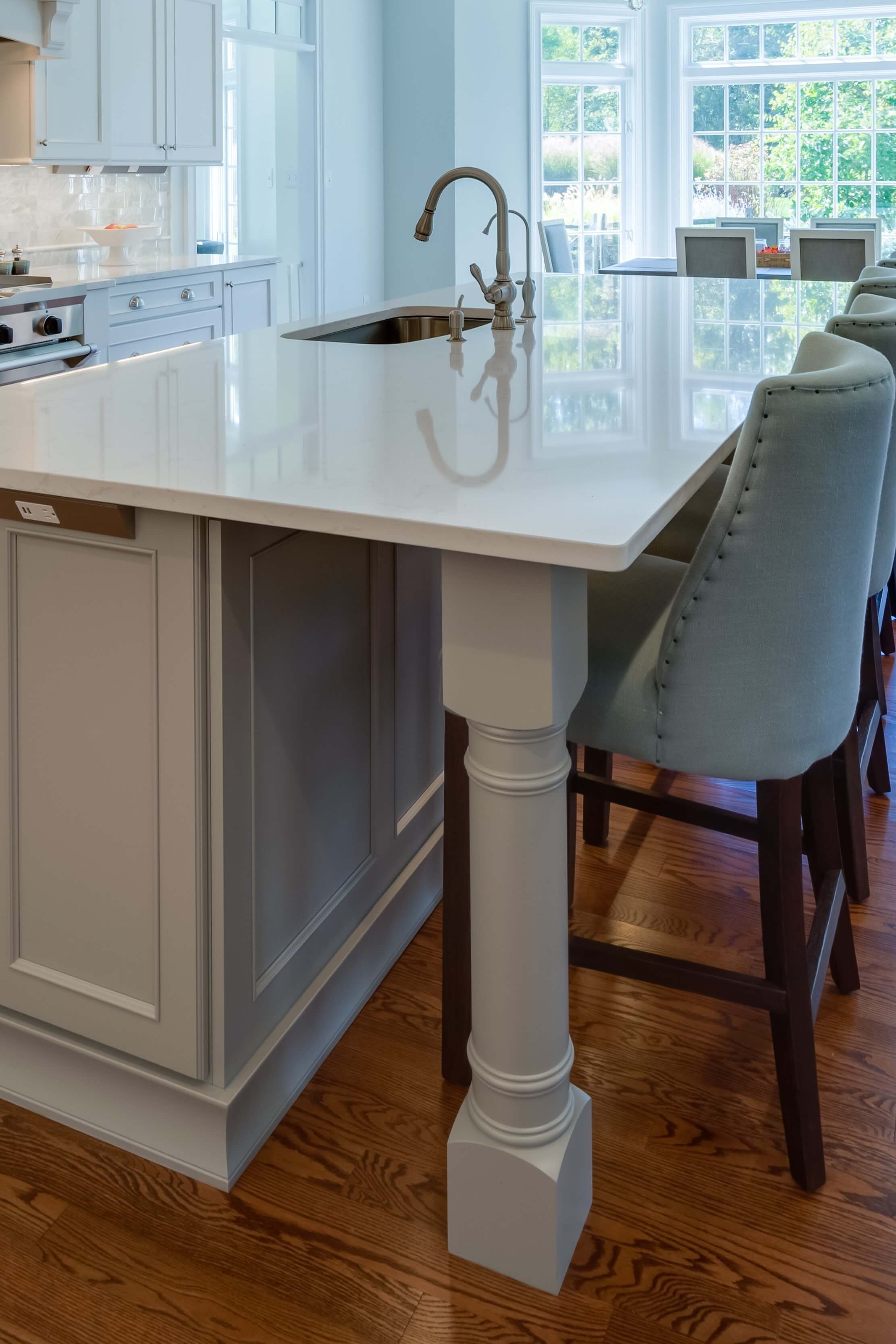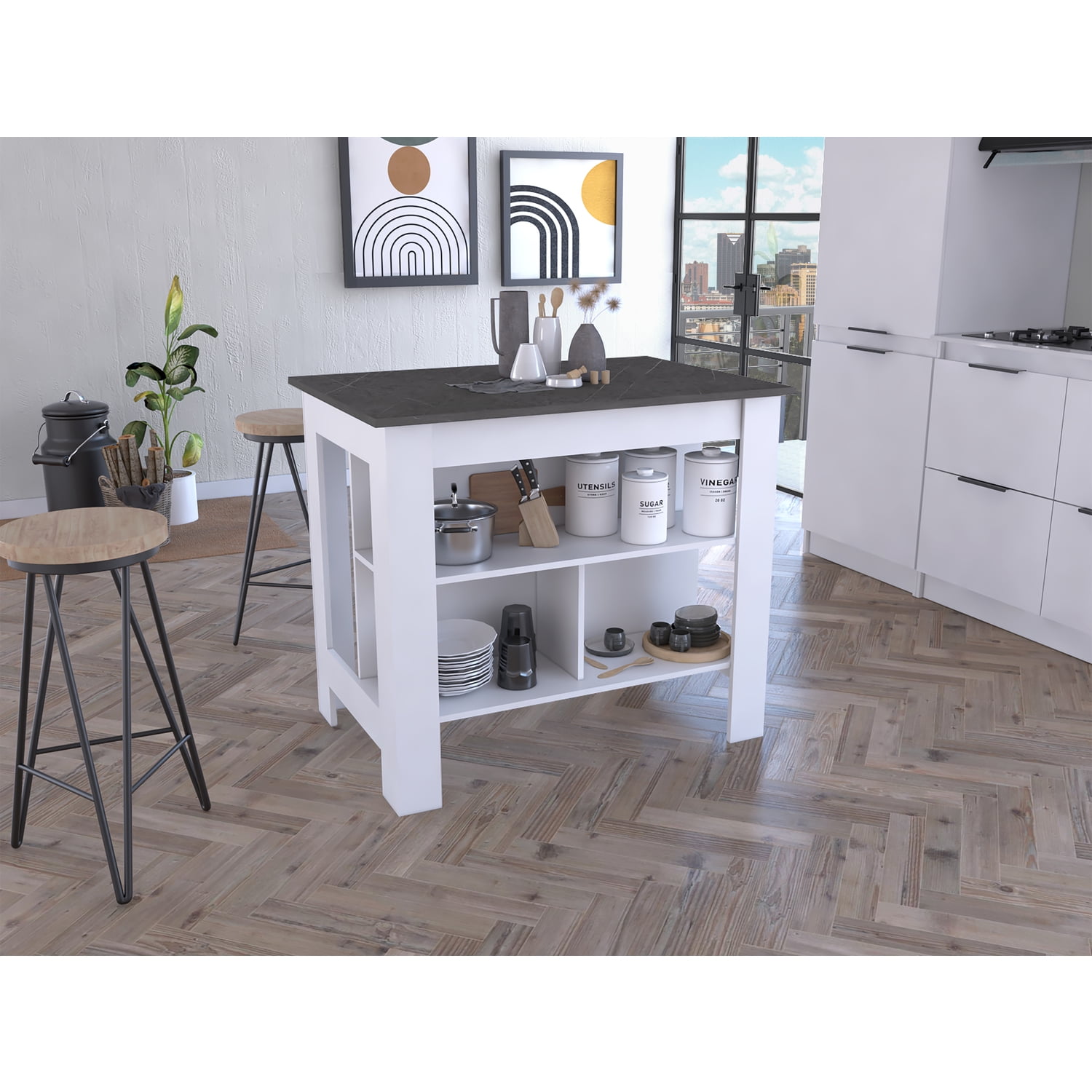Ingenious and Stylish Styles in Modern Legs For Kitchen Island Solutions
Ingenious and Stylish Styles in Modern Legs For Kitchen Island Solutions
Blog Article
Essential Elements to Think About When Selecting Legs For Kitchen Area Island
Choosing the appropriate legs for a cooking area island includes a careful analysis of multiple aspects that can considerably affect both functionality and visual appeal. As we discover these aspects, it ends up being clear that each choice can have significant effects for the general cooking area experience.
Product Options
When picking legs for a cooking area island, understanding the different material choices is crucial for accomplishing both aesthetic appeal and architectural honesty (Legs For Kitchen Island). The selection of material dramatically affects not just the durability of the island yet additionally its general style and capability
Timber is a preferred option, providing warmth and flexibility. Strong woods, such as oak or maple, supply toughness and can be discolored or painted to match the kitchen style. Metal legs, usually made from stainless-steel or wrought iron, add a modern and commercial feeling while making sure durability and security. These products are immune to wear and can support considerable weight, making them perfect for larger islands.
One more choice is engineered materials, like MDF or plywood, which can be much more cost-efficient while still providing a variety of coatings. Nonetheless, they may not give the same degree of security as solid timber or steel. Materials such as acrylic or glass can develop a modern appearance, though they might need extra support to ensure security.
Inevitably, the choice of material for kitchen area island legs ought to line up with the preferred capability and the total theme of the kitchen.
Design And Style

When considering style, the shape and finish of the legs are crucial. Conical legs can provide a sense of agility and beauty, while thicker, more durable legs can share toughness and security. Furthermore, the coating-- be it painted, tarnished, or all-natural-- need to match the kitchen cabinetry and counter top products to develop a unified look.
In addition, the style of the legs can likewise show personal preference. Custom or decorative legs, such as those featuring complex carvings or unique geometric forms, can act as focal factors, including character and personality to the cooking area. Inevitably, the right choice will not just enhance capability however additionally elevate the aesthetic appeal, making the kitchen area island a standout function of the home.
Height Considerations
Picking the ideal height for cooking area island legs is essential, as it straight affects both capability and comfort. The typical elevation for a cooking area island commonly varies from 36 to 42 inches, straightening with usual counter top heights. A 36-inch elevation is optimal for cooking and food preparation, enabling comfy use cooking area appliances and tools. Alternatively, a height of 42 inches is usually liked for islands intended for bar seating, accommodating taller feceses and using an informal eating experience.

It is likewise necessary to make up customers' preferences and elevations. Personalizing the elevation can ensure a comfy experience for all member of the family, making the cooking area island a more pleasurable and useful room.
Weight Assistance
Ensuring ample weight support for kitchen area island legs is crucial for both safety and security and capability. The cooking area island frequently serves several functions, consisting of cooking, eating, and added storage space, demanding a durable support framework. When selecting legs, it is essential to consider the overall weight capacity required based on the island's meant usage and the materials that will be put on it.
The choice of material for the legs plays a considerable duty in their weight-bearing capabilities. Strong timber, steel, and heavy-duty composites generally provide exceptional stamina compared to lighter materials. Additionally, the design of the legs-- whether they are directly, tapered, or have a pedestal type-- can influence their capacity to distribute weight effectively across the structure.
Furthermore, the leg positioning should be purposefully planned to enhance security. Legs positioned at the corners or with a wider base can better sustain larger loads. Always seek advice from the producer's requirements relating to lots limitations to ensure that the legs can sustain the intended weight without compromising safety and security. In summary, selecting cooking area island legs with adequate weight assistance is essential for creating a secure and functional cooking space.
Setup and Upkeep
Proper installation and maintenance of kitchen area island legs are important for guaranteeing long life and security. This usually involves safeguarding the legs to the i was reading this island base using appropriate fasteners, making certain that the legs are degree and straightened.
As soon as mounted, routine upkeep is required to maintain the integrity and appearance of the legs - Legs For Kitchen Island. For wooden legs, periodic cleansing with a wet fabric and application of appropriate timber gloss can prevent dampness damages and maintain their finish. Steel legs may need a mild cleansing solution to remove grease and gunk, adhered to by a dry cloth to avoid corrosion development
Furthermore, inspect the legs regularly for indications of wear or damage, such as cracks or loosened joints. Tightening up screws or bolts as required can additionally extend the life expectancy of the legs. By adhering to these installation and upkeep techniques, homeowners can ensure that their cooking area island remains sturdy and visually appealing for years to come.
Verdict

Visual comprehensibility is critical in choosing the style and design of legs for a kitchen island, as these elements significantly affect the overall ambiance of the area. Conical legs can supply a feeling of agility and style, while thicker, more robust legs can convey strength and stability.Choosing the proper height for kitchen area island legs is critical, as it straight impacts both performance and convenience. In summary, choosing cooking area island legs with appropriate weight assistance is crucial for creating a practical and risk-free culinary room.
In verdict, choosing legs for a kitchen island requires cautious consideration of various variables, including material alternatives, design, height, weight assistance, Website and installation.
Report this page